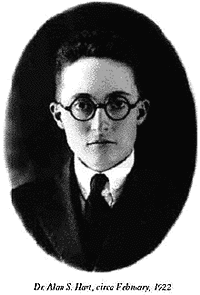
Baltimore, Md.
Billie Holiday home
219 South Durham Street
Billie Holiday (1915-1959) had a rough childhood. As a young girl named Eleanora Fagan, she cut school so often she was sent to live at the House of the Good Shepherd, a home for “colored girls” run by the Little Sisters of the Poor (Claverton Road and Franklin Street). There, she may have had her first lesbian experiences.
Returned to her mother after a year, the two took up residence at this address, one of dozens they occupied over the years. The house is still standing, but the original brick façade was covered over with Permastone in the 1950s. It was in this house, in 1926, that Eleanora was raped by a neighbor and subsequently sent back to Good Shepherd. But she was a handful, and the sisters refused to keep her for long.
At only 11 years old, Eleanora earned money cleaning for a whorehouse madam. The madam let her listen to the records of Louis Armstrong and Bessie Smith, who had a combined influence on her singing style. Eleanora began singing at various storefront churches, but her first professional gig was at Buddy Love’s, a club located at Orleans and Wayside.
As a young teenager, Eleanora moved to New York with her mother, and pursued a singing career, transforming herself into Billie Holiday. After years of touring with Count Basie, she was offered her first steady job at Café Society in 1938, earning $75 a week. From that, she went on to be featured soloist at clubs all over the country, acquiring the nickname “Lady Day.” Her distinctive voice, which she used like a musical instrument, transformed jazz singing. “I don’t think I’m singing,” she once said of her style. “I feel like I’m playing a horn.”
Holiday had many affairs with both men and women, but was known as a “les” among many of her peers in the music industry. One of her female lovers reported that “Billie even got the name Mister Holiday, because she was seldom seen with fellas.” Holiday once told a colleague, “Sure, I’ve been to bed with women… but I was always the man.”
Sadly, by the 1940s Holiday was addicted to heroin and alcohol, and she was arrested on drug charges several times. Many club owners would no longer take the risk of hiring her because she was often high during performances. Her career went progressively downhill, and she finally died in 1959 of liver cirrhosis and other complications of substance abuse.
A commemorative statue of Holiday stands in Baltimore at 1300 Pennsylvania Avenue.

Read Full Post »











You must be logged in to post a comment.